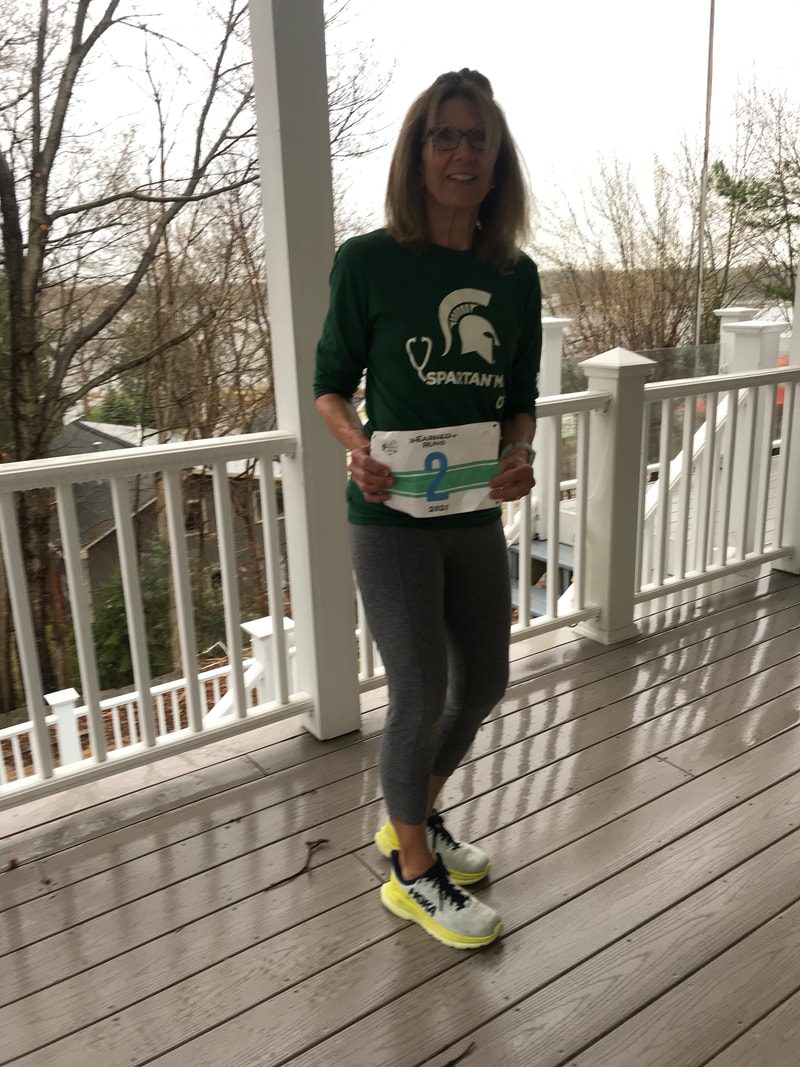BLOG
|
|
JUST WHAT FAST CARDIO IS, AND ITS BENEFITS AND DRAWBACKS are explained in a SHAPE.com piece by Gabrielle Kassel. If you’ve ever skipped a meal before a cardio (cardiorespiratory fitness building) workout, most often breakfast according to one of the experts referenced by Kassel, you may have experienced it.
The overnight period of time between meals can encompass an 8-12 hour interval without nourishment. The most common situation that results in fasted exercise occurs when the decision is made to skip eating upon waking to avoid a delay of approximately 30 minutes before exercise is comfortable and do-able. A fasted state can be achieved in much shorter time, says one of the article’s experts, in only about 3-6 hours, after the body has finished processing the most recent meal or snack, depending on volume and content. Thus, deciding to spend a lunch break exercising rather than eating, or to exercise in the evening after work are other scenarios for ‘unintentional’ fasted exercise. For others who exercise hungry ‘on purpose’, the motivation is the promise of fat burning. The article’s experts explain how the practice might promote fat-burning, and its physiological advantages and disadvantages. Most helpfully the circumstances in which the best exercise results might be achieved are described. Overall the advice is to avoid this practice partly because the experts feel there are better exercise tactics, like high intensity interval training, to burn fat. Working out hungry will decrease the level of intensity at which exercise will be performed, they maintain. However, not all exercise is carried out at high intensity for several reasons. Recovery days will include lower-paced activity for injury prevention. Morning and evening walks might be added, especially with improving weather conditions, to simply enjoy the outdoors. The promise of lessening body fat might prompt more than a few people to get moving when they might otherwise stay on the sofa. In spite of the discouraging tone, it’s a great article for those who work out in this state whether out of convenience, necessity, or with fat-burning as the goal. The information provided indicates that although fat is the intended body fuel utilized during fasted cardio, there’s no guarantee muscle tissue won’t be sacrificed says Kassel’s experts. That’s bad news for fitness enthusiasts who strength train to gain lean muscle mass in this state The key move to avoid consuming muscle tissue, the article explains, is to set workout intensity at a low easy level and save harder sessions and strength work for other times. Matt Fitzgerald offered additional guidance in a recently updated running.competitor.com, piece, “An Easier Way to become A Fat-Burner”. In it he reports the results of a scientific study (FNIS) in which athletes improved performance with a diet high in carbohydrates that included a period of severe carbohydrate deprivation (carb-fasted state). Importantly, hard training sessions were timed to follow the high carb ingestion period, and easy training sessions were timed to occur after the overnight carb-fasted-sleep period. He referred to this plan as a “train hard high/sleep low/train easy” regimen. Although lean muscle mass was not specifically discussed, it seems unlikely that athletic improvements would have been seen in the research participants if the 21-day diet had caused significant muscle tissue to be lost because it had been consumed for fuel. The FNIS study appears to have devised a protocol by which “high” carbohydrate-derived energy successfully drove “hard” training sessions that resulted in performance gains, and “easy” training sessions triggered fat oxidation after an overnight (sleep) “low” carbohydrate fast. According to Fitzgerald, similar results have not been achieved in other high-fat, low-carb diet studies. Unfortunately, the complicated nutrition and exercise plan, as Fitzgerald observed, does not conform to common athletic training practices and would be very difficult to replicate outside of a research setting. So, as he promised in the title, the sports nutritionist helpfully laid out an alternative “easier” plan by which everyday athletes could hope to improve performance and burn fat during fasted cardio exercise: simply schedule a long low-intensity workout before breakfast (or after a light carb-free breakfast). Fitzgerald suggests alternating this protocol with the FNIS protocol, which he describes in greater detail in the article. The Fitzgerald plan makes passing reference to having coffee in the morning. However, caffeine and coffee have been investigated and found to stimulate fat oxidation (green tea as well). A 2017 small Japanese study of 7 men in their mid-twenties demonstrated that fasted caffeine ingestion, one hour before three10-minute bouts of low intensity aerobic cycling exercise (separated by 10-minute recovery periods) resulted in greater fat oxidation after exercise than fasted caffeine ingestion + a single30-minute session, and similar exercise sessions without caffeine (fasted water). The research was carried out in a small sample of healthy non-obese men. But this evidence suggests that even low intensity interval exercise that follows an overnight fast without caffeine enhances fat-burning, but that an extra boost can be experienced with caffeine. Thus, it seems the Kassel and Fitzgerald articles and the scientific literature offer complementary advice for effective fasted-cardio fat burning. Low intensity aerobic exercise, especially in intervals separated by recovery periods + a fasted/carbohydrate-deprived state + caffeine may optimize this process in some persons. Tolerance to this regimen likely differs between individuals. As when trialing any new dietary-training practice it is best to determine whether it is safe for you and to always prepare for a problem. I have completed most of the shorter distance aerobic workouts of my running and walking career in a fasted state after a few cups of coffee, not to burn more fat but because eating leaves me feeling full for 30-60 minutes or more. I’ve not experienced health issues but as a precaution have carried graham crackers, cheese sticks, peanut butter packs, and even Twizzlers in case of an emergency. In training for endurance races I have taken care to eat breakfast before long weekend runs and to ‘practice’ the specific pre-race nutrition strategy I planned for the event. After reading the recommendations of experts and the results of research, I now am aware of the situations in which fasted training is beneficial or possibly harmful, and the need to be more careful with specific workouts to preserve lean muscle mass. Also, in searching I learned that enjoying my morning black coffee and evening green tea can be health blessings! RUN AND MOVE HAPPY! https://www.shape.com/fitness/what-is-fasterunning.pocketoutdoormedia.com/an-easier-way-to-become-a-better-fat-burner_146746d-cardio-benefits https://running.pocketoutdoormedia.com/an-easier-way-to-become-a-better-fat-burner_146746 https://www.researchgate.net/publication/280243071_Combined_effect_of_coffee_ingestion_and_repeated_bouts_of_low-intensity_exercise_on_fat_oxidation [accessed Mar 16 2019]. https://www.focusfitness.net/how-to-stop-your-body-from-storing-fat/ https://www.healthline.com/nutrition/coffee-increase-metabolism#section2 https://www.jstage.jst.go.jp/article/jnsv/62/3/62_141/_article https://www.webmd.com/food-recipes/ss/slideshow-coffee-tea-benefits
1 Comment
5/25/2022 03:40:40 am
Thanks for sharing this useful information! Hope that you will continue with the kind of stuff you are doing.
Reply
Your comment will be posted after it is approved.
Leave a Reply. |
BRIDGE TO PHYSICAL SELF
Running, walking, and fitness activities enable us to experience our physical selves in a world mostly accessed through use of fingers on a mobile device. AuthorEARNED RUNS is edited and authored by me, runner and founder. In 1978 I began participating in 10K road races before 5Ks were common. I've been a dietitian, practiced and taught clinical pathology, and been involved with research that utilized pathology. I am fascinated with understanding the origins of disease as well as health and longevity. Archives
November 2023
CategoriesNew! Search Box
Earned Runs is now searchable! Check it out...
|


 RSS Feed
RSS Feed